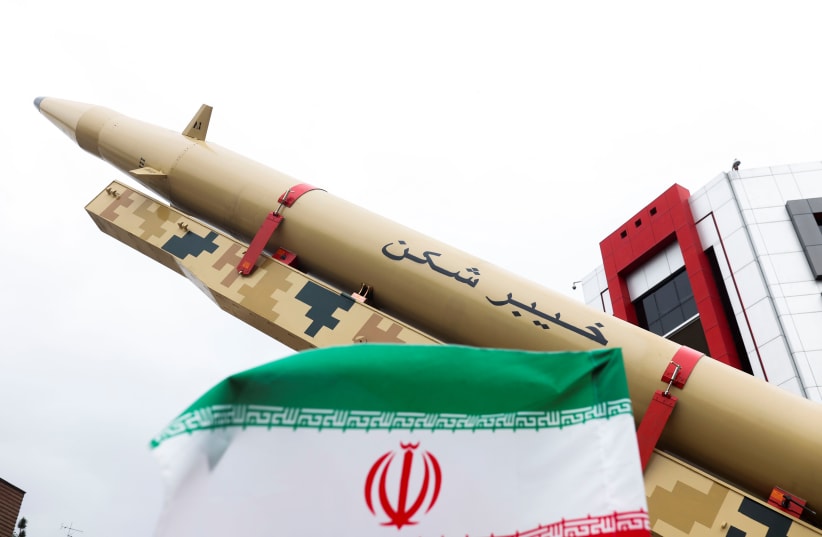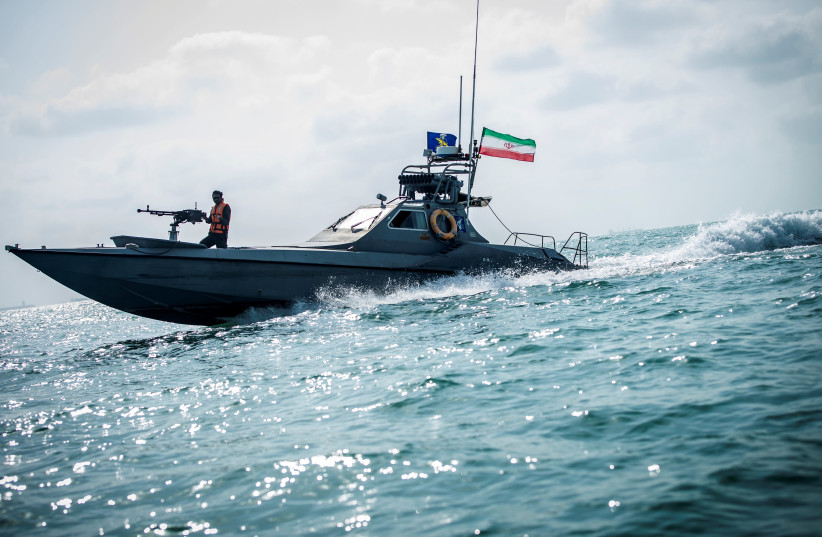Iran was active in the region over the weekend, continuing to increase its threats to Israel and US forces. For instance, Iranian proxies in Iraq used ballistic missiles and rockets to attack Al-Asad Air Base in Iraq, where US forces are stationed. Several US personnel were lightly wounded because of the attack.
US Central Command said “at approximately 6:30 p.m. (Baghdad time), on January 20, multiple ballistic missiles and rockets were launched by Iranian-backed militants in Western Iraq targeting Al-Asad Air Base. Most of the missiles were intercepted by the base’s air defense systems, while others impacted on the base. Damage assessments are ongoing. A number of U.S. personnel are undergoing evaluation for traumatic brain injuries. At least one Iraqi service member was wounded.”
Saturday was a busy day for Iran in the region because it suffered losses in Syria while it was also plotting and carrying out attacks in Iraq. Several members of the Iranian IRGC were killed in Damascus. This is not the only recent loss for Iran in Syria. In December, Iran’s Razi Mousavi, a senior IRGC member, was also killed in Syria. Ayatollah Ali Khamenei led prayers at his funeral.
Iran also suffered a setback in Yemen. The Iranian-backed Houthis continue to target ships. However, on Saturday, “US Central Command forces conducted airstrikes against a Houthi anti-ship missile that was aimed into the Gulf of Aden and was prepared to launch. US forces determined the missile presented a threat to merchant vessels and US Navy ships in the region, and subsequently struck and destroyed the missile in self-defense. This action will make international waters safer and more secure for US Navy and merchant vessels,” the US Central Command said.
That day, 20 Iranian-backed Hezbollah members also continued to threaten Israel. Israeli fighter jets “struck terrorist infrastructure, an observation post, and a launch post belonging to the Hezbollah terrorist organization in the area of Al-Adisa in southern Lebanon. Furthermore, overnight, IDF tanks fired in order to remove a threat in the area of Mount Dov,” the IDF said on Saturday.
Iran must consider its next steps
Weighing in all these incidents, the Iranian leadership therefore must consider their next steps in the region carefully. They are now trying to manage a very large and complex series of conflicts.
This includes Gaza, the West Bank, Lebanon, Syria, Iraq, and Yemen. This is a major challenge for them. Never has Iran had to manage so many active fronts. That is not to say Iran does not have decades of experience building up proxies in all these places. Iran has invested heavily in all these arenas. Iran’s resources must be taxed in dealing with all these arenas when they are ablaze.
Can Iran maintain the same tempo in each arena? That is a key question. Iranian media is signaling that Iran is focused on the West Bank, particularly Jenin and other areas that the Palestinian Islamic Jihad operates.
Iran has other interests as well. It recently launched a satellite into orbit. Iran media also focuses on internal disagreements within Israel’s wartime cabinet. Further, Tehran is closely monitoring Hamas’s recent demands, to see if it can keep Hamas in power in Gaza. This illustrates that Iran is weighing its next steps. Escalation in Syria, Iraq and the Red Sea, in which Iran may suffer more losses than it can easily replace, could be a challenge for Iran in the long-term.

